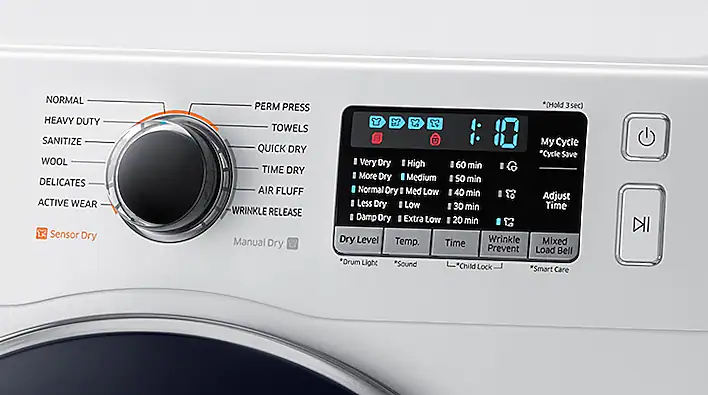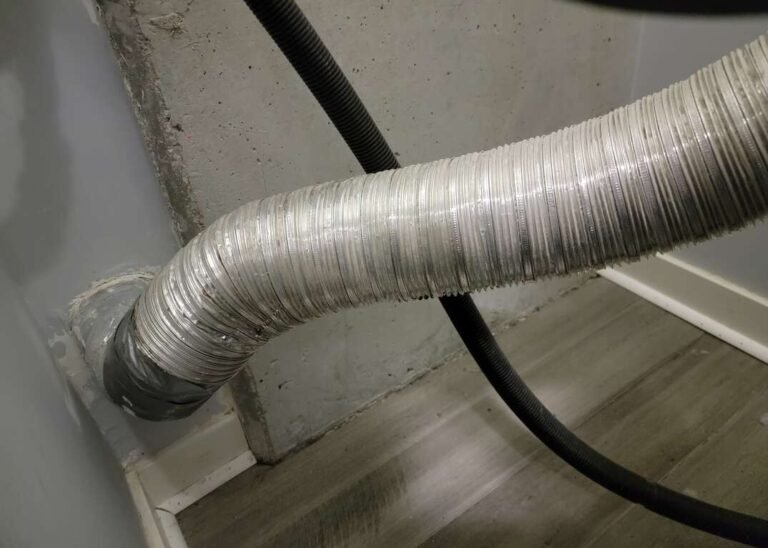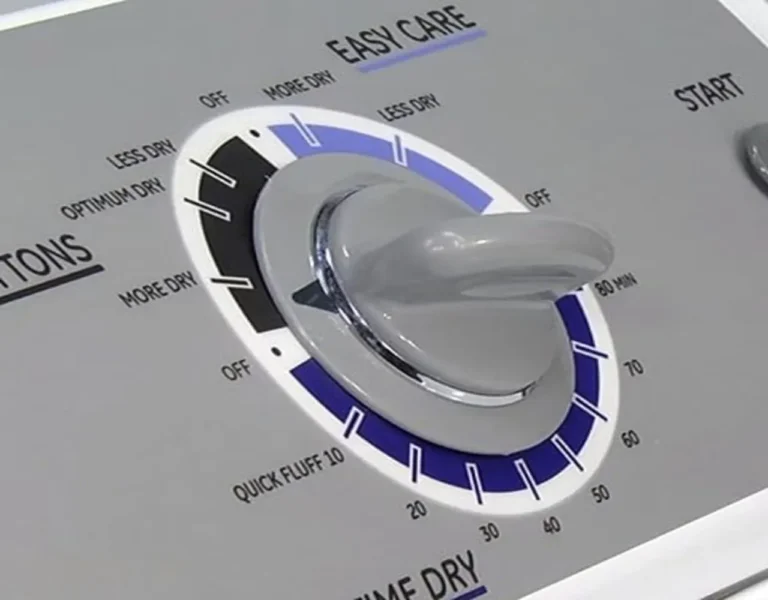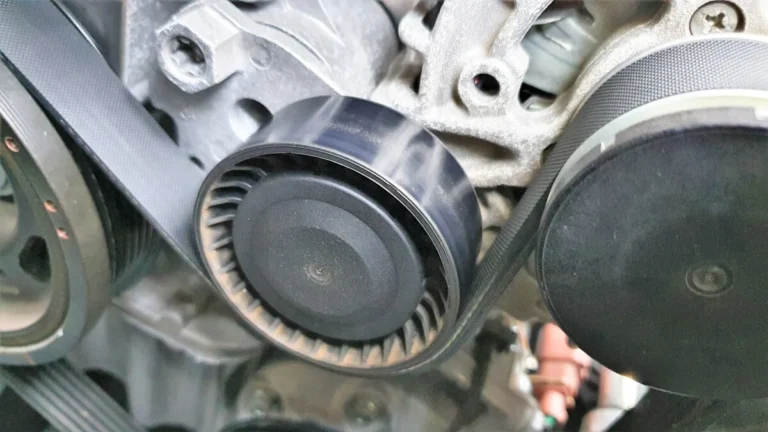6 Common Issues with Dryer Thermal Fuse Keeps Blowing
Clothes Dryers play a crucial role in our daily lives, simplifying the laundry process. However, behind the convenience of drying your clothes lies an essential safety feature – the dryer thermal fuse and thermal cutoff fuse. These dryer components are designed to safeguard your home by preventing dryer-related fires.
In this article, we will explore the common issues associated with a dryer thermal fuse keeps blowing and how to troubleshoot them. We’ll cover everything from the thermal fuse on the blower wheel to the importance of maintaining clean dryer vents. Let’s dive in.
Key Takeaway:
Before we delve into the details, here are some key points to remember about dryer thermal fuse issues:
- A blown thermal fuse can be caused by various factors, from lint buildup to a grounded heating element.
- Regular maintenance and troubleshooting can prevent overheating and dryer fires.
1. Thermal (Limit) Fuse on the Blower Wheel
The thermal fuse on the blower wheel is a critical safety component. It is strategically placed to monitor the dryer’s temperature and ensure it doesn’t overheat. Here’s how it works and how to diagnose a tripped thermal fuse:
where it is located?
The thermal fuse on the blower wheel is located near the heating element.
what is its Function?
The thermal fuse on the blower wheel role is to monitor the temperature inside the dryer. If the temperature rises to an unsafe level, the fuse blows, cutting off power to the heating element.
how to Diagnose a Tripped Thermal Fuse?
When your dryer refuses to start or generate heat, a tripped thermal fuse may be the culprit. To diagnose this issue, follow these steps:
- Unplug the dryer and locate the thermal fuse.
- Use a multimeter to test the continuity of the fuse. A blown fuse will have no continuity.
- If the fuse is blown, it’s crucial to identify and address the underlying cause, such as lint buildup.
what are the Safety Precautions?
When working on your dryer, always follow these safety precautions:
- Disconnect the dryer from the power source.
- Use appropriate safety gear, such as gloves and safety glasses.
- Keep the area well-ventilated.
2. Failed Relay on the Control Board
A failed relay on the control board can cause constant heating and overheating issues in your dryer. Here’s how to deal with this problem:
what is the Issue and Impact?
A relay is responsible for controlling the heating element. When it fails, it can get stuck in the “on” position, leading to overheating and potentially damaging your dryer.
how to Check and Replace the Control Board?
To address this issue, follow these steps:
- Access the control board, usually located behind the dryer’s control panel.
- Examine the relays on the control board for any visible damage or signs of failure.
- If a relay is faulty, it’s often best to replace the entire control board to ensure proper functioning.
3. The Thermal Fuse Is Wrapped with Lint
Accumulated lint around the thermal fuse is a common issue that can lead to overheating. Here’s how to tackle it:
Lint Accumulation and Overheating
Lint is highly flammable, and when it accumulates around the thermal fuse, it can lead to overheating and potential fires. To resolve this:
- Access the blower wheel and remove any visible lint.
- Carefully clean the area around the thermal fuse to prevent future issues.
- Ensure lint traps and vents are regularly cleaned to prevent lint from entering sensitive areas.
Diagnosing a Tripped Thermal Fuse
| Issue | Steps |
|---|---|
| Diagnosing a Tripped Thermal Fuse | 1. Unplug the dryer. 2. Test the fuse for continuity. 3. Address the underlying cause. |
what is the List of Safety Precautions?
- Disconnect the dryer from the power source.
- Use appropriate safety gear, such as gloves and safety glasses.
- Keep the area well-ventilated.
4. Thermal Cutoff (Heater Assembly) Fuse

The thermal cutoff fuse, located on the heater assembly, also plays a significant role in maintaining the dryer’s temperature. Here’s what you need to know:
where it is Located?
The thermal cutoff fuse is positioned on the heater assembly.
what is the Role?
The thermal cutoff fuse functions as a secondary safety device to prevent overheating. If the dryer’s temperature exceeds a safe level, this fuse will blow.
what are the Indicators of a Blown Thermal Cutoff?
A blown thermal cutoff fuse may exhibit the following symptoms:
- The dryer doesn’t produce heat.
- The dryer shuts off prematurely during a cycle.
what are the Common Reasons for Tripping?
Several factors can lead to the thermal cutoff fuse blowing, including:
- Restricted airflow due to clogged vents.
- Malfunctioning cycling thermostat.
To address this, ensure your dryer vents are clean and in good working condition. Read about dryer breaker keeps tripping guide.
5. Troubleshooting Dryer Hose or Vent Line Clogs
Clogged dryer hoses and vent lines can impede airflow, causing the dryer to overheat. Check How Hot Does a Dryer Vent Get guide, Here’s how to prevent and address this issue:
what is the Significance of Clean Dryer Vents?
Proper airflow is crucial for preventing overheating in your dryer. Clogged vents can lead to:
- Longer drying times.
- Overheating and potential damage to components.
Cleaning and Maintenance
Follow these steps to maintain clean dryer vents:
- Disconnect the dryer from the power source.
- Remove the vent from the back of the dryer.
- Clean the vent with a vent brush or vacuum cleaner.
- Reattach the vent and ensure it’s properly secured.
Table 2: Indicators of a Blown Thermal Cutoff
| Symptoms | Possible Causes |
|---|---|
| Dryer doesn’t produce heat. | 1. Restricted airflow due to clogged vents. 2. Malfunctioning cycling thermostat. |
| Dryer shuts off prematurely. |
what are the Steps for Cleaning Dryer Vents?
- Disconnect the dryer from the power source.
- Remove the vent from the back of the dryer.
- Clean the vent with a vent brush or vacuum cleaner.
- Reattach the vent and ensure it’s properly secured.
6. Heating Element Grounded
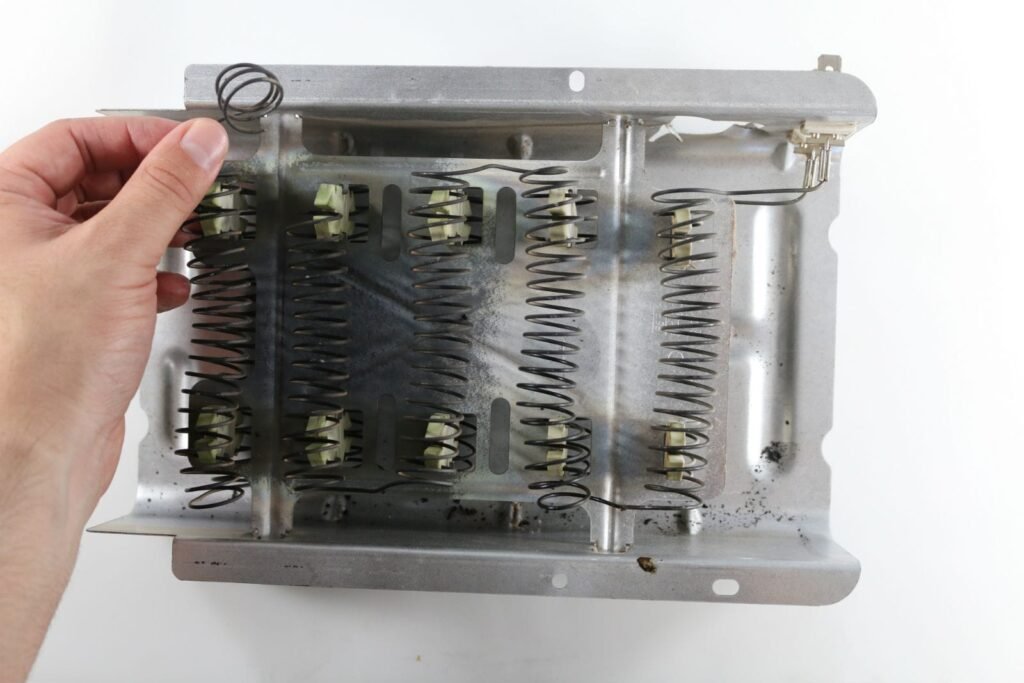
A grounded heating element can lead to constant heating and potential issues. Here’s how to diagnose and address this problem:
Grounded Heating Element
When the heating element is grounded, it remains constantly heated even when the dryer is turned off. This can cause overheating and damage.
what are the Symptoms?
To diagnose a grounded heating element, look for these symptoms:
- The dryer remains hot even when it’s not in use.
- Unusually high electricity bills.
Diagnosing and Repairing
Here’s how to diagnose and repair a grounded heating element:
- Unplug the dryer from the power source.
- Access the heating element, typically located at the rear of the dryer.
- Test the heating element with a multimeter for continuity.
- If the heating element is grounded, replace it with a new one.
Conclusion
Dryer thermal fuse keeps blowing! understanding and addressing issues with a dryer thermal fuse that keeps blowing is essential for the safety and longevity of your appliance as it can cuse the gas dryer not igniting issue. Timely maintenance, cleaning, and troubleshooting can prevent common problems like a blown thermal fuse or grounded heating element.
Remember to prioritize safety by following proper precautions when working on your dryer, and always consult a professional if you’re unsure about any repair or maintenance tasks. By doing so, you’ll ensure that your dryer functions efficiently and safely for years to come.
In this article, we’ve covered the key issues related to a dryer thermal fuse that keeps blowing, offering insights into diagnosis and solutions. By staying informed and proactive, you can keep your dryer running smoothly, your clothes dry, and your home safe.
Key Takeaway:
- Regular maintenance and troubleshooting can prevent overheating and dryer fires, ensuring the safety of your home.
By following these guidelines, you can maintain a safe and efficient dryer for your laundry needs.
Remember, if you have more questions about dryers and thermal fuses, you can check the FAQs below:
FAQs about dryer thermal fuse keeps blowing
Can you bypass a thermal fuse on a dryer?
Bypassing a thermal fuse is not recommended, as it compromises safety. Thermal fuses are in place to prevent overheating and potential fires. If your thermal fuse has blown, it’s essential to address the underlying issue and replace the fuse.
Do dryers have multiple thermal fuses?
Most dryers have one thermal fuse on the blower wheel or heater assembly. However, some high-end or commercial dryers may have multiple fuses as an added safety measure.
How do you test a dryer thermal cutoff switch?
To test a dryer thermal cutoff switch, disconnect the dryer from the power source, locate the switch, and use a multimeter to check for continuity. If there is no continuity, the switch has tripped and needs to be replaced.
Are dryer thermal fuses easy to replace?
Replacing a dryer thermal fuse is relatively straightforward. However, it’s essential to follow safety precautions and consult your dryer’s manual or a professional technician for guidance if you’re unsure.


